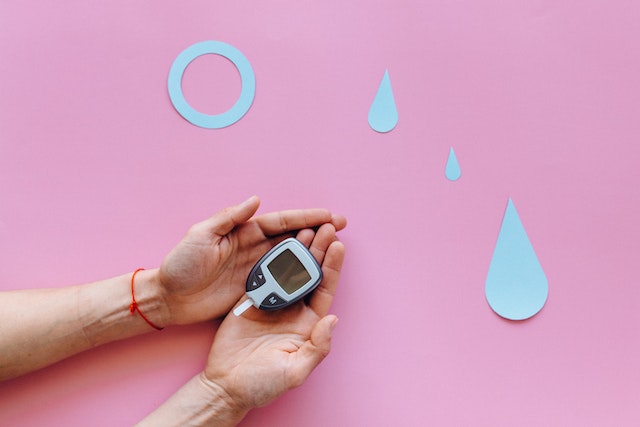
Using Body Language to be a More Effective Leader or Manager
Effective leadership and management are crucial for the success of any organization.
While verbal communication is essential, non-verbal communication through body language also plays a significant role in conveying messages, building trust, and influencing others.
In this article, we will explore how you can use body language to become a more effective leader or manager.
1. Maintain Eye Contact

One of the fundamental aspects of good body language is maintaining appropriate eye contact. When you engage in a conversation with your team members, make sure to establish and hold eye contact. It shows that you are attentive, confident, and genuinely interested in what they have to say.
2. Use Open Posture
Closed postures, such as crossed arms or legs, can send signals of defensiveness or disinterest. Instead, opt for open postures. Keep your arms relaxed at your sides or use gestures that are open and welcoming. This conveys approachability and receptiveness to your team.
3. Practice Active Listening
Active listening is a critical skill for leaders and managers. While listening, nod your head occasionally to acknowledge that you are following the conversation. Avoid interrupting and give your team members the chance to express themselves fully before responding.
4. Offer a Genuine Smile

Smiling is a powerful tool in building rapport and trust. A genuine smile can put your team at ease and create a positive atmosphere. Avoid forced or insincere smiles, as they can have the opposite effect.
5. Mind Your Tone and Pitch
The tone and pitch of your voice are also part of your non-verbal communication. Speak with a calm and steady tone, avoiding high-pitched or aggressive voices. A well-modulated voice can convey confidence and authority.
6. Use Mirroring
Mirroring is a technique where you subtly mimic the body language of the person you are communicating with. It helps establish a connection and can make others feel more comfortable. However, be careful not to overdo it, as it should appear natural.
7. Maintain Proper Gestures
Gestures can enhance your verbal communication but can also distract if overused. Use gestures purposefully and ensure they align with your message. Avoid fidgeting or nervous gestures, as they can undermine your authority.
8. Respect Personal Space

Respecting personal space is crucial. Invading someone's personal space can make them uncomfortable. Maintain an appropriate distance during conversations, and be aware of cultural differences regarding personal space.
9. Be Mindful of Facial Expressions
Your facial expressions are highly visible and can reveal your emotions. Practice maintaining a neutral or positive facial expression, even in challenging situations. This can help keep the atmosphere positive and avoid unnecessary tension.
10. Adapt to the Situation
Lastly, be adaptable in your use of body language. Different situations may require varying approaches. Whether you need to convey empathy, authority, or enthusiasm, tailor your body language accordingly.
Effective leadership and management involve not only what you say but also how you say it. By mastering body language techniques, you can become a more influential and empathetic leader or manager. Remember that authenticity is key, so strive for a balance between conveying the right message and staying true to yourself.
Trending
-
1 SEO Mistakes That Could Be Costing Your Shopify Store Sales
Daniel Hall -
2 Strategies for Safeguarding Assets and Investments
Daniel Hall -
3 The Role of PR Firms in Crisis Management and Damage Control
Nitish Mathur -
4 How to Make Appealing Visuals for Your E-commerce Store
Daniel Hall -
5 The Competitive Landscape of Low-Cost Carriers in Belgium: TUI Fly Belgium’s Position
Daniel Hall





Comments